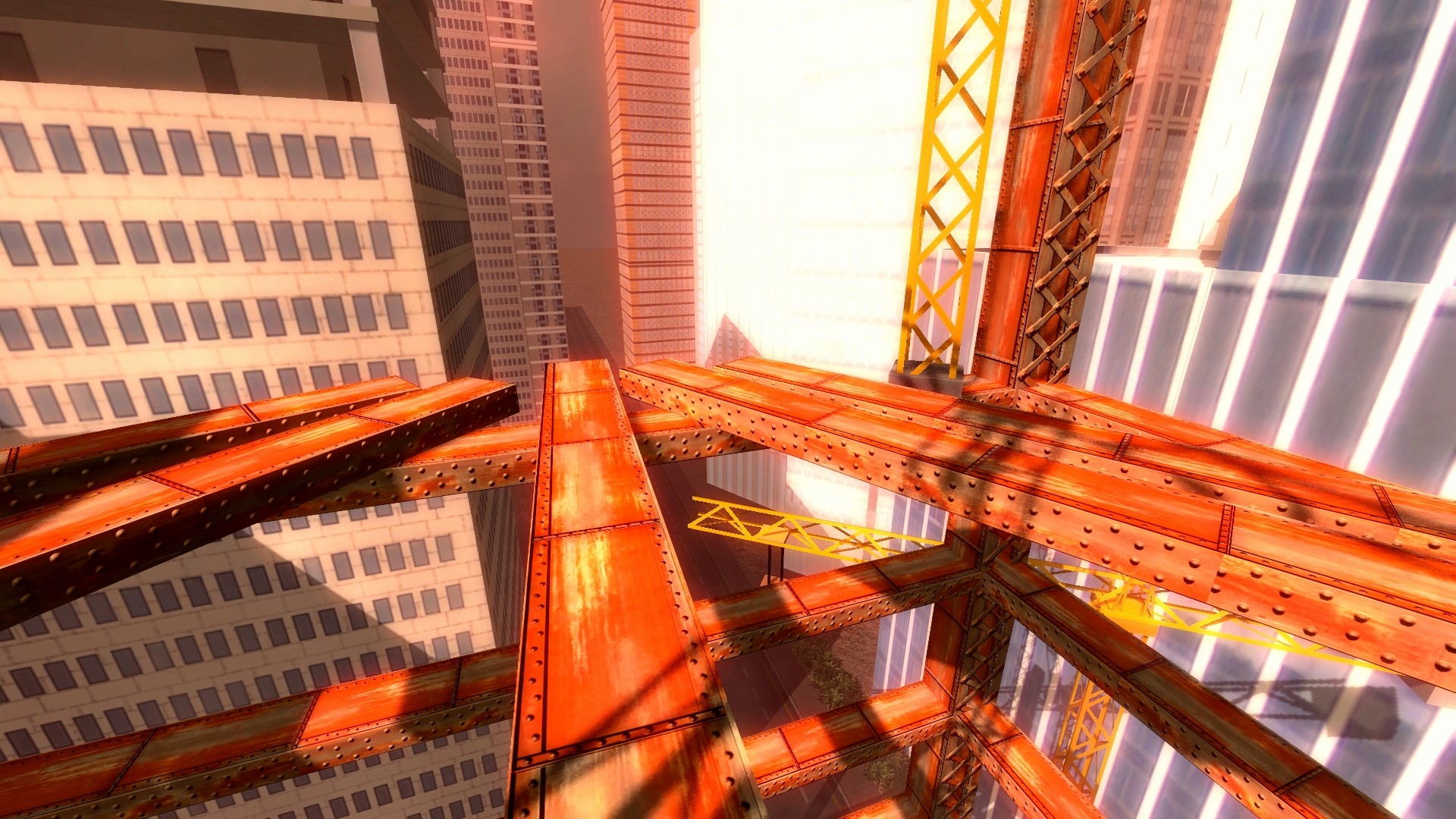Yup. I was aware of this updates. Didn't read well your post, my eyes ignored the part of "not using an engine". Sorry about the redundant question, so.
But, I'm aware that VR, as it begins, will pretty much do baby steps until it get right. Of course hand work is really frustrating, even more if is about something "new" and we have to test step by step until it works.
I'm not saying that from nothing. I started as a web-dev with sites and systems, and by my own tried to build some game mechanics. Pure JavaScript > jQuery > AngularJS > NodeJS > MEAN. Every new step was challenging and tried to keep with the most recent techs. So time passed I became a mobile developer, focused on games, while by my own again, started to learn about game-dev. As I never worked with a team for game development, neither done anything with VR, I can't argue against you. But... I will do some "suggestion".
Seen that we are at the begin, isn't there a slight possibility that we aren't fully aware of what we should do to do it very good?
I think neither the ones who created the VR HMDs are aware of what exatcly they need to do.
Certainly, VR game design practices are the wild west here. I can split this up into several parts of development, however. From a purely visual standpoint, a lot has, thus far, been centered on doing things that prevent people from getting sick. This, as an example, is where the utility of low persistent displays came from - originally it was assumed that merely an astronomical framerate would be enough to eliminate sickness when, by stepping back and examining a bit closer how our own eyes deal with motion, it was realized that by basically strobing the display we could reduce some sickness. But the original requirement for high framerates didn't exactly disappear.
The visual side of things - what needs to be done is pretty clear. The ways to reduce or solve those problems is also clear. It's sort of a holding pattern situation where what needs to happen is that these technologies need to get faster, cheaper, and more accurate. That happens through iteration. I see this all the time with Augmented Reality - I try telling people that it's likely several years out, but we can demonstrate the entire process right now. There's a difference between "being able to do something" and "being able to do something well enough" and that threshold for these visual technologies is when people stop getting sick.
The actual design side? Oh man, so much experimentation at the moment. i've tried dozens of methods trying to solve the problem of lateral rotation - when you rotate using an analog stick you encounter vestibulocochlear disconnect that makes many sick. I've tried all sorts of wacky implementations, and none of them really work. What I've resigned to is the idea that VR games need to be played in swivel chairs where people can actually rotate when they need to turn, so they don't get sick. But who knows - maybe someone will fix that problem in the near future. I would welcome a great solution with open arms.
VR Film in particular is an incredibly open cavas. All the rules of editing have sort of been reset. I like the demo Nuren by ViRT because he proved that jump cuts work in VR - many believed they were unworkable. Fox did a small demo of Wild that I thought was really cool - a problem with VR is that the audience can look in any direction, so how do you, as an example, frame shots or make sure the people are looking in the right direction? Fox's wild threw those rules out, it was a single continuous take that was filmed in multiple segments. Things happened all around you. And depending on which direction you were looking, the program would cue up additional film snippets. So like, you could make characters not appear entirely by never looking where they should walk into the frame, which sort of changed the story. In that regard, it feels kind of like a very advanced FMV game... but it's way more film than game.
Other directing techniques are lifting from theatrical plays. Doing things like dropping lights or using visual and audio cues. Positional audio technology (as opposed to simply binaural audio) will provide another cue to hone in on.
The process of, like,
directing VR games/applications/film is super open and experimental. I think everyone really knows where the hardware is going, it's just a waiting game. It's the software that's pretty exciting. And, again, some of these limitations will also drive design. I think we won't see many FPS games in general, to be honest, but we might see a rise of, say, ATV games. because, as weird a distinction as it is, riding a virtual ATV is less sickening than walking in a virtual land.






